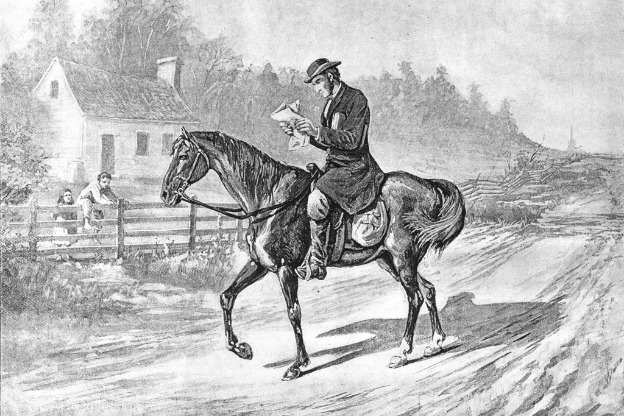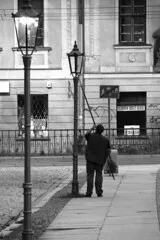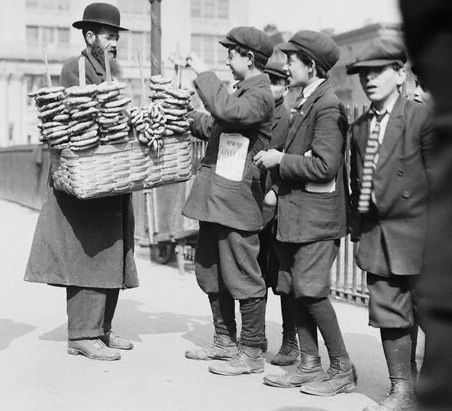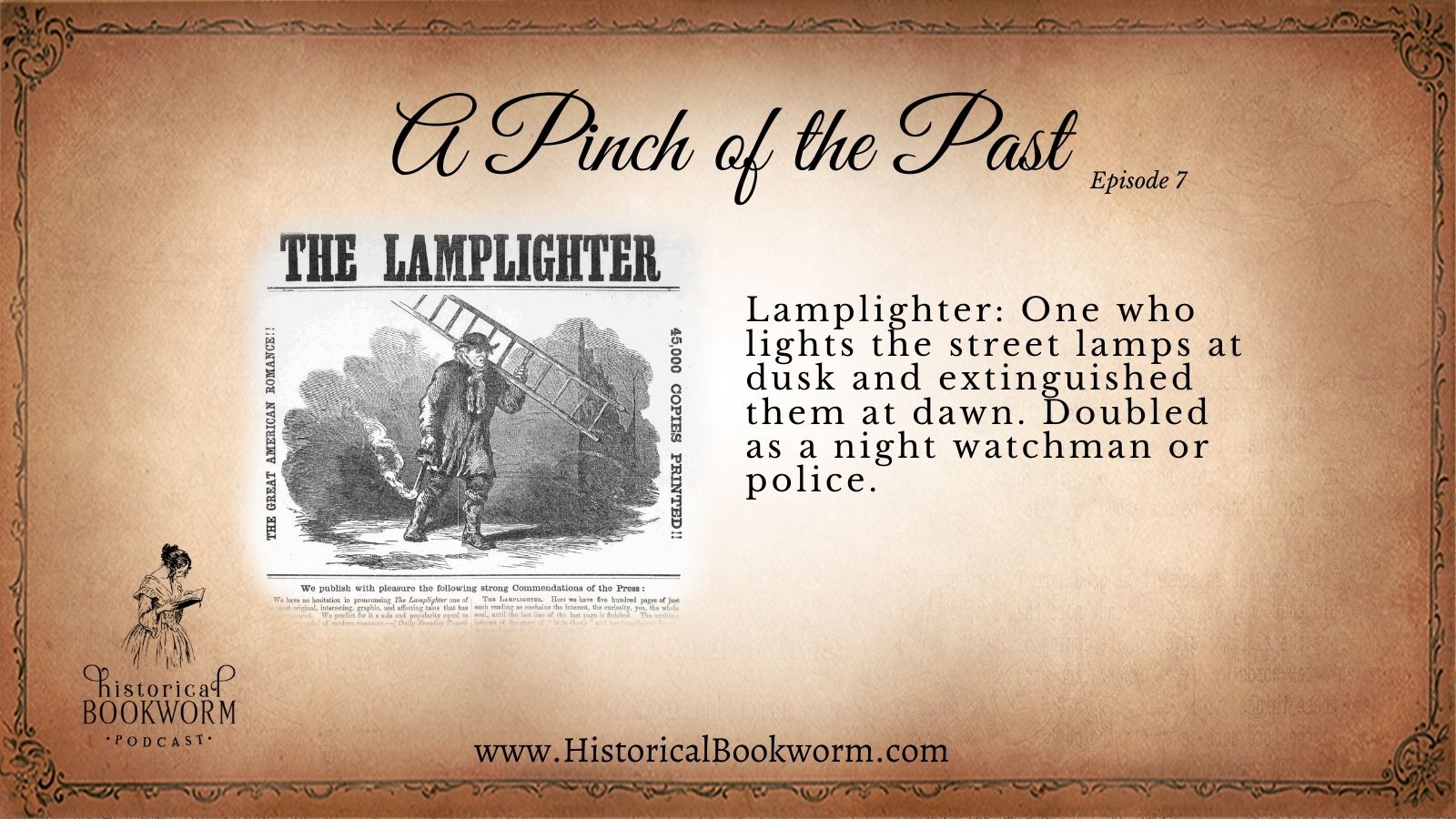Today’s Pinch of the Past features a few occupations of the 1800s including preachers, night watchman, and street vendor calls.
Circuit Rider

- definition: A preacher who traveled from church to church in a given district, usually serving a very small population. Also, a judge who traveled and served the populations.
- Important dates
- An 1838 account describes one circuit rider thus, “A little, portly man in linsey-woolsey and a board-brimmed hat, saluted me, and announced himself a Baptist Circuit rider.” from E. Fagg, the Far West. p. 60
- 1850 — “I have to do like all the other preachers, especially the Methodist circuit riders–eat chickens… These same circuit-riders undergo more toil and privation for less pay than the ministers of any other denominations.” James Weir, Lonz Powers.
Hog Reever

- One appointed to round up troublesome or stray hogs from city streets. Even as late as the 1860s, well-mannered pigs were allowed to roam city streets and parks to eat the garbage left there. they sometimes numbered in the hundreds, and even New York Broadway was frequented by them. However, the city’s poor often killed these freewheeling dinners and ate them.
Lamp Lighter

- Obviously, someone who lights the street lamps at dusk and extinguished them at dawn. There were a variety of lamps used throughout the century, such as candles, whale oil, kerosene, and gas lamps. Sometimes called a gasman, the lamplighter doubled as a night watchman or police.
- I love the imagery in this quote. “The narrow and gloomy passage slightly illuminated by one or two jets of light, which Tom the Gasman … had a few moments before lighted. “Masserr, Drifting About. pg. 50.
Street Vendors Cries

- In 1850 charcoal was sold for 35 cents a barrel. Vendor would call, “Charcoal by the bustle. Charcoal by the peck. Charcoal by the frying pan or any way you lek.”
- Pepper-pots, which appear to be a type of stew, was sold off the back of carts. the vendor was known to cry, “Pepper-pot. right-hot.” or “All Hot. All hot. Makee back strong. Makee live long. come buy my pepper pot.”
- FAV. the cry to sell sweet potatoes. “My hoss is blind and he’s got no tail, when he’s put in prison, I’ll go his bail. Yeddy go, sweet potato, oh! Fif-en-ny bit a half peck.
Reference
McCutcheon, M. (1993). The writer’s guide to everyday life in the 1800s: For writers of historical fiction, westerns, romance, action/adventure, thrillers and mysteries. Writer’s Digest Books: Cincinnati, Ohio


